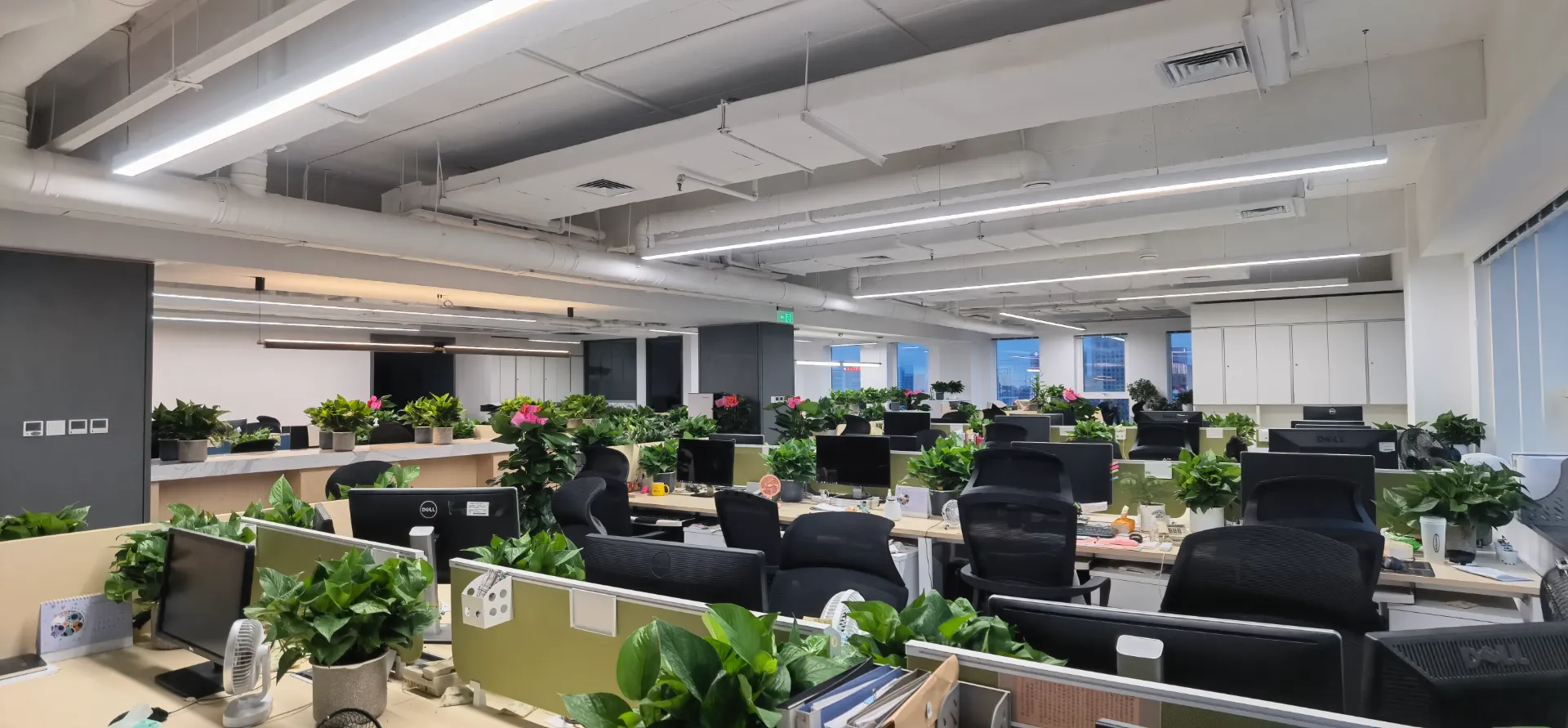Δεκ . 15, 2024 08:51 Back to list
display shelf
Understanding Display Shelves A Guide to Effective Merchandising
In retail, the presentation of products is almost as important as the products themselves. One of the most essential tools for achieving effective product presentation is the display shelf. Display shelves serve as a critical component in visual merchandising, influencing consumer behavior and driving sales. In this article, we will explore the significance of display shelves, various types of display systems, and best practices for maximizing their impact.
The Importance of Display Shelves
Display shelves are designed to showcase merchandise in a way that captures attention and encourages purchases. A well-organized and visually appealing display can lead to increased foot traffic, higher sales, and a better shopping experience for customers. Moreover, the arrangement of products on display shelves can communicate brand identity and values, helping to establish an emotional connection with consumers.
Research in consumer behavior shows that people are more likely to purchase items that are easily accessible and prominently displayed. When products are presented effectively, they not only attract customers but also enhance the perceived value of the merchandise. This is especially crucial in competitive retail environments, where differentiation can often be a key factor in consumer decision-making.
Types of Display Shelves
There are various types of display shelves, each serving a unique purpose and catering to different retail environments
1. Static Shelving These are fixed shelves that do not adjust in height or configuration. Static shelving is commonly found in supermarkets and grocery stores and is ideal for displaying a wide range of items.
2. Adjustable Shelving This type of shelving allows retailers to modify the height and arrangement of shelves according to their needs. Adjustable shelving is versatile, making it perfect for stores that frequently change their inventory or need to accommodate products of different sizes.
3. End Caps Located at the end of aisles, end caps are an excellent opportunity for merchandising promotions or new products. They provide maximum visibility and are often used to highlight seasonal items or sales.
4. Pegboards and Slatwalls These display solutions are popular in boutiques and specialty shops. Pegboards allow retailers to hang items, maximizing space while creating an organized and attractive display. Slatwalls offer similar benefits but can accommodate a wider variety of hooks and shelves.
display shelf

5. Freestanding Displays These mobile displays are perfect for highlighting specific products or promotions. They can be moved around the store, allowing retailers to adapt their layout based on customer flow and seasonal trends.
Best Practices for Displaying Products
To make the most of display shelves, retailers should adhere to several best practices
1. Create Focal Points Draw customers' eyes to specific areas by using colors, lighting, and product arrangement. A focal point can help highlight featured items and promotions.
2. Keep It Organized Cluttered displays can overwhelm customers and deter purchases. Ensure that products are neatly arranged, with similar items grouped together to enable easy browsing.
3. Use Height to Your Advantage Arrange products at various heights to create a dynamic and engaging display. Items at eye level often attract more attention, so consider placing bestsellers or promotional items accordingly.
4. Storytelling through Displays Retailers can enhance customer engagement by telling a story through their display setups. By grouping related items together, retailers can create a cohesive theme that resonates with customers.
5. Maintain and Refresh Displays Regularly check and refresh your displays to keep them looking new and exciting. Rotate products frequently to reflect new trends, seasons, or customer preferences.
Conclusion
In summary, display shelves are a powerful tool in the realm of retail merchandising. They significantly affect how consumers perceive and interact with products. By understanding the types of display shelves available and employing effective display strategies, retailers can enhance the shopping experience and boost sales. As retail landscapes continue to evolve, mastering the art of display merchandising will remain a critical aspect of driving success in retail environments.
-
The Benefits of Electronic Shelf Labels for Modern Stores
NewsJul.01,2025
-
Space-Saving Retail Store Furniture Designs for Small Shops
NewsJul.01,2025
-
Slatwall vs. Gridwall: Which Store Fixture is Right for Your Business?
NewsJul.01,2025
-
Shop Fittings: Essential Elements for a Functional Retail Space
NewsJul.01,2025
-
How to Design a Minimalist Cosmetic Shop Display
NewsJul.01,2025
-
Creative Clothes Shop Display Ideas to Attract More Customers
NewsJul.01,2025


















































































































